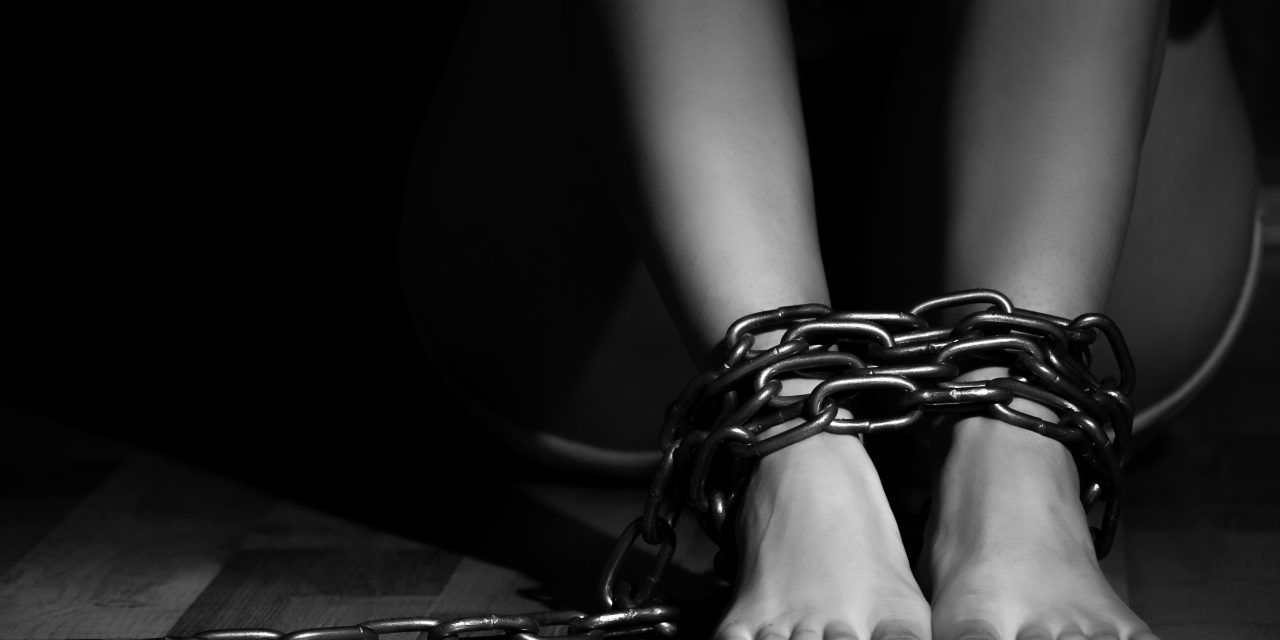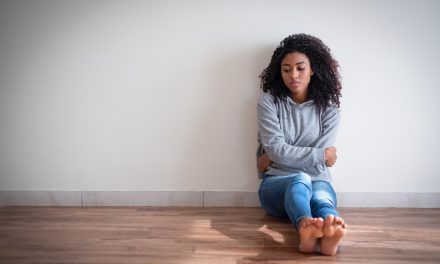It’s something you think happens in other countries. But every day, on the internet, in massage parlors, strip clubs and even truck stops, children, teens and adult women are sold into slavery. “Controllers” (another name for pimps) use them as sex slaves, and bus them from city to city. Closer to home, the route consists of Kansas City, St. Louis, Oklahoma City, Dallas and then Denver.
The information contained in this article is a bit graphic and is not meant to offend. However, this is a story that must be told. With greater awareness, we are better positioned to protect our daughters, granddaughters, nieces and neighbors. Perhaps, we can even help rescue someone who has fallen victim to sex trafficking.
From January 2014 through December 2016, the National Human Trafficking Resource Center (NHTRC) answered 70,579 calls, 4,597 online tips and 4,561 emails – totaling more than 79,000 interactions to help rescue victims.
The NHTRC experienced a 259 percent increase in calls between 2008 and 2012. In a five-year span, the organization received 9,298 unique cases of human trafficking.
The nonprofit states that the most common forms of sex trafficking reported to its hotline are “pimp-controlled” prostitution, commercial-front brothels and escort services. To put this into perspective, 41 percent of sex trafficking cases are victims from the U.S. The NHTRC also reports that women make up 85 percent of these cases.
Closer to home, Interstate 35 has been pegged as a major route for transporting sex trafficking victims. “Our highways are actual trade routes, the pipeline for criminal activity,” Mark Elam told the Kansas City Star. He was the founder and executive director of Oklahomans Against Human Trafficking. “We’re traveling with our families, but these criminals are using them as well and moving these individuals around to the profitable cities.”
Elam said nowadays, the average age for a prostitute is 14 years old, many of whom are being forced to “work” at truck stops and roadside lodging establishments.
“If you see a young person at a truck stop, think twice,” said Krista Hoffman, formerly with the Pennsylvania Coalition Against Rape. “Children don’t go to truck stops, and if it seems wrong, it probably is. Don’t be afraid to speak up about what you see.” Victims’ confiscated earnings at truck stops range between $5 to $100 per act, according to NHTRC. However, exact statistics are difficult to report due to the crime’s covert nature and lack of awareness among law enforcement and social service organizations.
“Pimps will drop off a girl at a truck stop, then tell her to go make money, putting her through 15 to 20 customers a night to make her quota,” Elam said. He added that the majority of the traveling public is unaware of what is happening with the sex trade in America.
Share Hope International, an organization working to end human trafficking and sex slavery, estimates that as many as 300,000 children born in the U.S. have been sold into slavery since 2001.
The organization scored and graded Missouri with a “B” for its efforts to combat the issue.
However, Elam said child sex trafficking in Missouri is a problem. Kansas City ranked No. 4 with Los Angeles, and St. Louis tied with New York at No. 5, he said. One reason for high rankings is because of Missouri’s easy access to interstates.
And it gets worse. The latest trend in sex trafficking is recruiting younger girls. “If you are going to control women and make them lie under fat old guys, you’re not going to go after college-age or adult women who are independent and strong thinkers and understand their values,” he said. “You’re going after young, naïve girls who may be coming out of broken homes. So that 12-, 13-, 14-, 15-year age is a prime age to target.”
But that’s not all. Elam also said that controllers are now targeting environments that are perceived as safe, like movie theaters and malls where parents drop off their girls, even schools during lunch hours and after hours. He added that the I-35 corridor between San Antonio and Kansas City is readily used to sell victims — some are sold multiple times.
Sex trafficking at truck stops has its own slang and unique means of communication: controllers advertise their victims over CB radio using code, and johns (people who pay for sex) search online trucker boards for information about where to purchase prostitution. At truck stops, they signal that they want commercial sex using their headlights or by placing stickers in their windows. Victims are forced to knock on the cab doors of trucks in parking lots.
Fake massage businesses at or near truck stops are commonly advertised on billboards or on signs in plain view.
The transient nature of trafficking makes it difficult for effective law enforcement. Efforts are undermined as the johns and controllers relocate to truck stops under less scrutiny. As a result, victims remain isolated from the surrounding communities.
Investigating and prosecuting sex trafficking crimes has seen pitfalls due to lack of funding. However, while in office, President Barack Obama dumped $12.5 million to support legislation to fight human trafficking in the United States. The omnibus appropriations bill includes money that supports U.S.-born human trafficking victims, many of whom are underage girls forced into the sex trade. Previously, only foreign-born victims got federal anti-trafficking aid. In all, the funds make up a 25 percent increase in funding.
Victims are getting help for their legal woes. Thanks to the U.S. Attorney’s Office-Western Missouri District, legal support has been provided for quite some time.
Additionally, an area law firm, Husch Blackwell, has agreed to donate its services for trafficking victims.
The woman behind these moves is former Assistant Attorney Cynthia Cordes, who now works with Husch Blackwell. The Kansas City Star reports that, “her efforts freed dozens of people held captive and forced into prostitution.”
However, many victims face legal battles that range from immigration troubles to criminal charges for prostitution. At the coercion of their controllers, some even face theft charges for stealing from their johns. In other instances, they contend with stolen identities because their IDs and other personal information have been used to get credit cards.Cordes leads a human trafficking clinic at the law firm, where almost 30 lawyers have agreed to represent victims in whatever capacity needed.
Recognizing the Signs
Rescuing someone from sex trafficking starts with knowing what to look for. Here are a few examples: Work and living conditions may consist of the inability to leave or come and go as he or she wishes. The victim may be under 18 and is providing commercial sex acts. This person may have been “recruited” for a modeling job under false pretenses. In some instances, high security measures exist in the work and/or living location (boarded up or barred windows, barbed wires, security cameras, etc.)
Emotional and behavioral signals may include fearful, anxious, depressed, submissive, tense or paranoid. This person may be extremely anxious around law enforcement. Physical signals may include appearing malnourished, or signs of physical or sexual abuse, physical restraints, confinement or torture. Among other things, this person may have very few possessions, is not in control of his or her money, has no identification like an ID or passport, is not allowed or able to speak for him or herself.
If you see or suspect that someone is being victimized, make an anonymous report by calling the National Human Trafficking Hotline at 1.888.373.7888, or text “INFO” or “HELP” to 233733.








